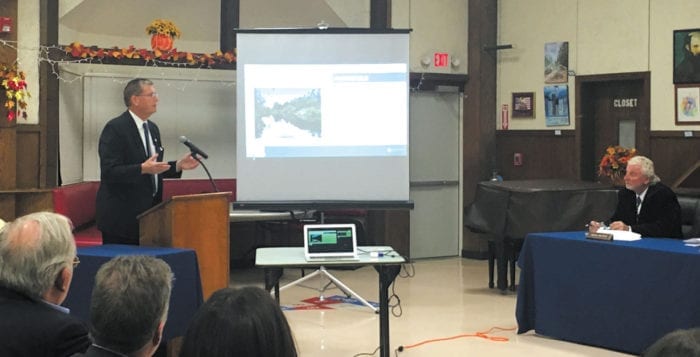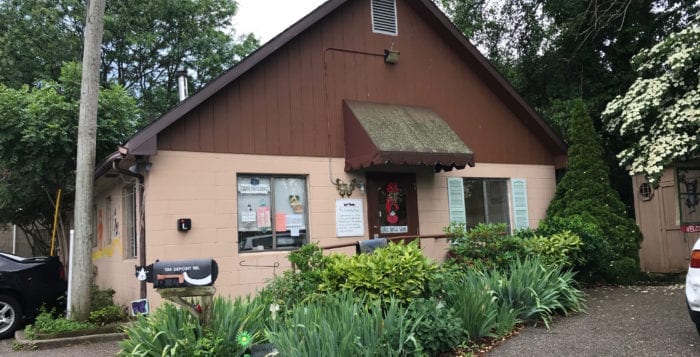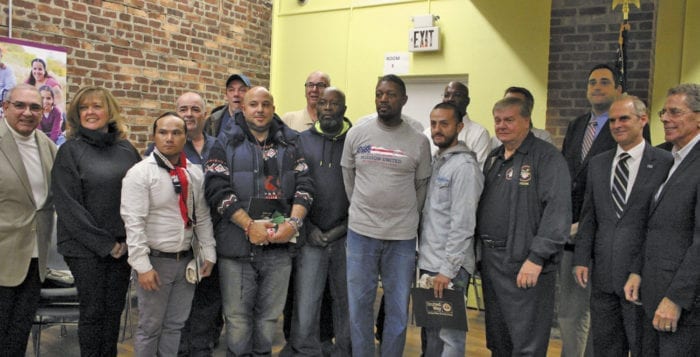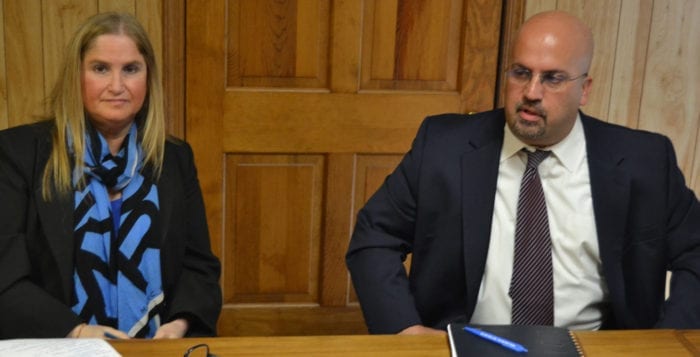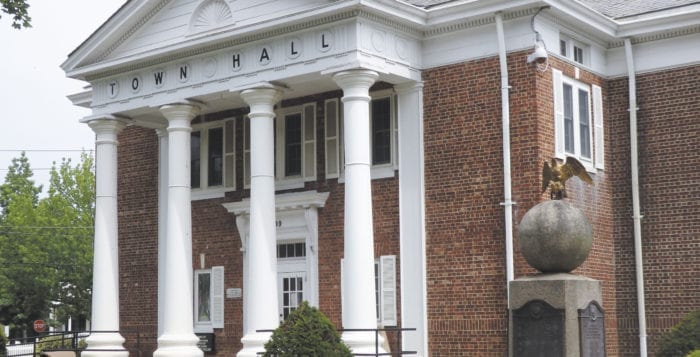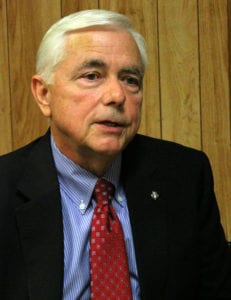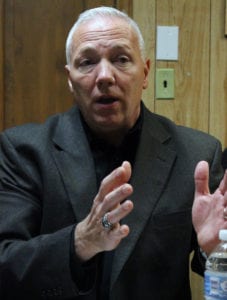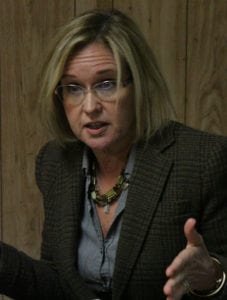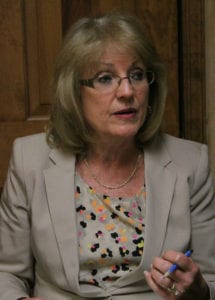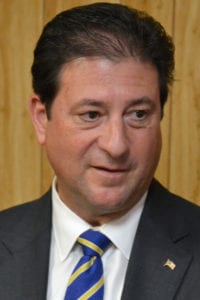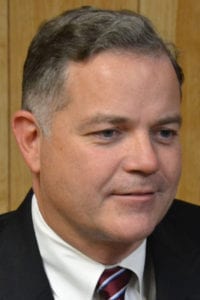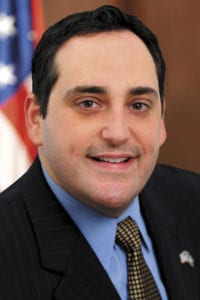Gyrodyne LLC has admitted its own traffic study proves that St. James and Stony Brook residents have good reason to be concerned about the traffic impact of their proposed project.
Gyrodyne made a formal presentation of its future plans for the nearly 75-acre property Nov. 15 to the Smithtown Planning Board and a standing-room only crowd. The developer has proposed to subdivide the Flowerfield land in order to build a 220-unit assisted living facility, a 130,000-square foot medical office building and a 150-room hotel with a restaurant, conference space and day spa/fitness center.
“We are not looking to maximize yield here,” Richard Smith, director of Gyrodyne and a St. James resident, said. “We are looking to strike the right balance between economic development, which I think we all know the St. James community desperately needs, and to preserve and enhance the environment we all love.”
Nearly 100 residents and Brookhaven elected officials packed the meeting to make clear their opposition to the project’s traffic impact on Route 25A, Mills Pond Road and Stony Brook Road.
“Town of Brookhaven is opposed to any traffic created as a result of this proposed subdivision emptying out onto town roads and, specifically, Stony Brook Road,” said Brenda Prusinowski, deputy commissioner of planning and environment for Brookhaven Town, reading a statement for Brookhaven Supervisor Ed Romaine (R). “This road is overcrowded now, particularly because of usage from the university, and does not need additional traffic from a project outside our town.”
“If there’s 900 jobs, that’s 900 more vehicles on the road on a daily basis.
— Laurie Kassay
Jennifer Martin, aide for Brookhaven Councilwoman Valerie Cartwright (D-Port Jefferson Station), echoed the supervisor’s sentiment and made clear the town is “staunchly opposed to any additional traffic” on Route 25A as well.
Mills Pond Road homeowner Laurie Kassay said she opposed the project despite promises from Gyrodyne it will create an estimated 900 new jobs and generate $90 million annually for the economy.
“The area cannot handle any more traffic,” Kassay said. “If there’s 900 jobs, that’s 900 more vehicles on the road on a daily basis.”
The developer hired Woodbury-based Cameron Engineering & Associates who performed a traffic study focusing on 16 intersections off Mills Pond Road, Moriches Road, Route 25A and Stony Brook Road surrounding the property. The results were submitted to the Town of Smithtown and New York State Department of Transportation in October 2017, but have yet to be reviewed.
“The concern of the traffic impact is completely understood,” said Kevin McAndrew of Cameron Engineering. “The traffic impact study has confirmed why the concern is valid. A number of the 16 intersections studied today have poor or failing conditions.”
If Gyrodyne’s plans go forward, McAndrew said the firm has proposed traffic improvements be made at six intersections. The intersection of Route 25A and Mills Pond Road should have traffic signals installed, according to the traffic study, which also suggested NYS DOT design a roundabout at the intersection of Route 25A and Stony Brook Road in addition to traffic mitigation measures at four additional intersections on Stony Brook Road.
State Assemblyman Steve Englebright (D-Setauket) was outraged at the suggestion of a roundabout being installed on the historic Route 25A corridor in front of the William Sidney Mount House, which is on the National Register of Historic Places. He urged the planning board to reject Gyrodyne’s plans, stating that in his opinion as a scientist, it’s not environmentally sustainable and instead encouraged Smithtown town officials to work with Brookhaven in future development of the region.
“Our communities have a long history of cooperation,” Englebright said. “I hope we don’t have to set up canons on the border. There are some really upset people on Stony Brook Road.”
Conrad Chayes Sr., chairman of the Smithtown Planning Board, concluded the board would hold off on a decision until an environmental impact study is completed by the town, which he said may take up to a year.

